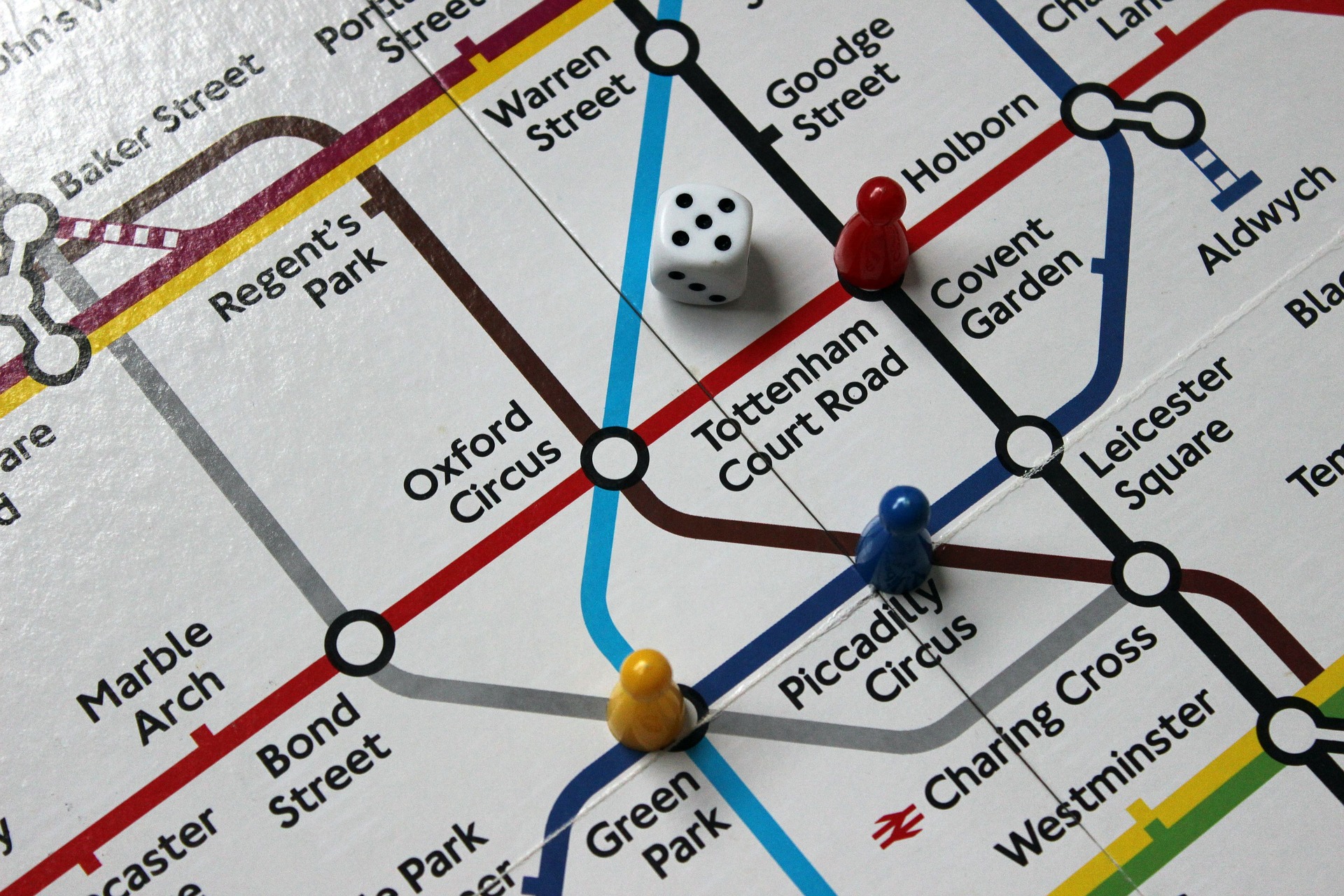Story telling is deserving of some focus in this expert insight, because it is a central aspect of engaging stakeholder in change efforts. As long as there have been humans on earth there have been storytellers. The reason why stories are so important to the data collection is because it is through stories that we are able to find answers beyond something that can be written as a list on a piece of paper. Organizational strengths are vital components that ordinarily are not noticed. They are as important as breathing is to our lives, and since we don’t notice breathing except when it becomes labored or difficult, so too are strengths vital components to the way in which the organizational system breathes. Personal narratives explain something that cannot be easily captured, they expose the essence behind something which when examined through questioning reveal themselves. Vital components cannot be easily listed accurately on a flip chart, instead they are what lies between the lines of the story being told.
“The very action of asking people to reflect on and tell stories about exceptional moments in the present or past of their organization and to identify how they hope things will be different in the future (the wish question) is a powerful intervention that begins to move groups in directions that are positive and life-giving. It is the combination of positively focused inquiry, positively focused dialogue, and the resultant influence on the collective imagination that propels forward movement”
Watkins, Mohr and Kelly (2011)
Uncovering Hidden Resources
As stories are told, strengths, values and hidden resources begin to be uncovered. Although some people may be natural storytellers, most cultures have a history of story telling, and people are comfortable with the idea of stories. Even as the stories are being told, before any action plan has been decided upon, the curiosity roused, and the questions asked will begin the shift in the system to a new direction. By engaging in a group activity of storytelling, a collective understanding of how things are is formed, with each participants contribution another dimension, another perspective which combines to fill in the blank places and develop new threads of inquiry. These in turn lead to innovation and creativity in a way, which is not possible in rational-linear approaches to problem solving. The pace of story telling and the sojourns into side tracks in order to fully illustrate the narrative develops a depth and a breadth which can be lost in a list of bullet points. For the storyteller they are required to explore their memory and imagination to draw out the details of the story, engaging others in a visualization exercise which is rarely enacted in analytical discussions. Finally, story telling and listening to stories is enjoyable, prompting excitement about a particular event or situation and a well told story leaves a feeling of delight and satisfaction.
In Practice - Facilitating a Storytelling session
As a facilitator your job is not to work out whether a story is good or bad, or, like a detective to determine whether the story is the whole truth. It is the probing of stories that reveal the resources available to the organization or the individual, what really matters in terms of values and also what the storyteller reveals about themselves in terms of strengths and aspirations. Therefore the first part of facilitating a storytelling session is to accept the stories as they are told, don’t questions their validity because the story isn’t the point, it is in the lines between that the point of the story exists. Like fables of years gone by, where the moral of the story is the point of the story, the stories told within a AI session need to be examined for their points not their storytelling merits. Therefore whilst a participant is telling a story it is important to encourage and validate the people who is are telling the stories. An example of a sixty minutes storytelling activity is given below.
- Split the group into pairs and explain that one individual will be the storyteller and the other the interviewer. Explain to the pairs that the participants will interview each other and then as a group analyze the data that has been collected from the interviews.
- Give the pair ten minutes to prepare for the interview. Provide examples of questions, which could be used during the interview to help expand and probe the stories for individual and group resources, the values that a person has, strengths and achievements that are revealed and knowledge of aspirations. For example
- What strengths or resources made the success, experience or achievement possible?
- What values are reflected in the story?
- What external conditions existed that contributed to these experiences of the individual or organization at its best?
- What component, if it did not exist, would have made the experience completely different?
- What do you wish would happen next based on the story you have told?
- What will be different if your wish were to come true?
- What is behind the wish?
- After the ten minutes are up get the pairs to take turns to interview each other. Give each participant twenty minutes each to be interviewed, and be the interviewer.
- At the end of forty minutes, ask the group to gather at a wall or large board. Facilitate a health check regarding what they felt about storytelling and interviewing, and whether there were any surprises.
- Provide participants with post it notes and sharpie pens (or equivalent). Ask the group to write on the post it notes the following that they have identified from the stories told during the interviews:
- Strengths
- Values
- Wishes
- It is helpful to use different colored or shaped post it notes for each of the three outputs. Allow around ten minutes for this stage
- Once the output has been captured invite the participants to create one large poster, which the strengths, values, and wishes of the group, give them ten minutes for this exercise. The poster provides visual data to the participants, which can be used during the data analysis stage.
- Ask the group to feedback their poster and discuss their experience of the exercise













